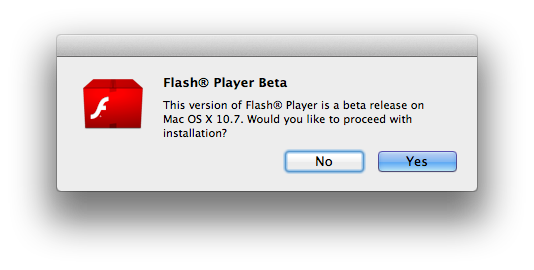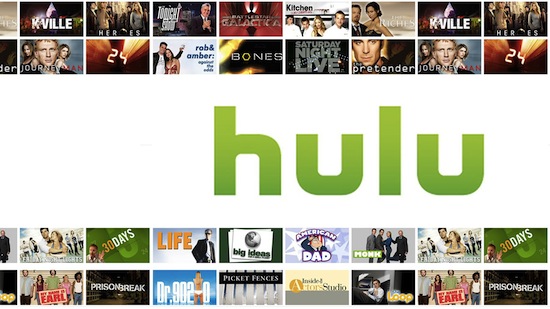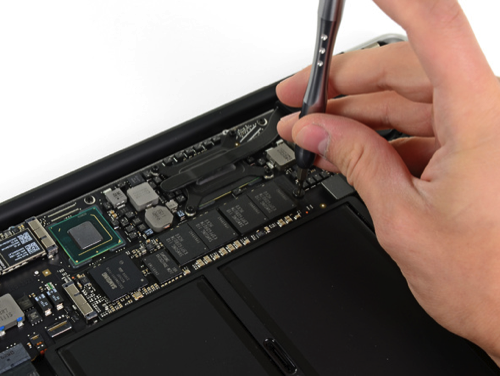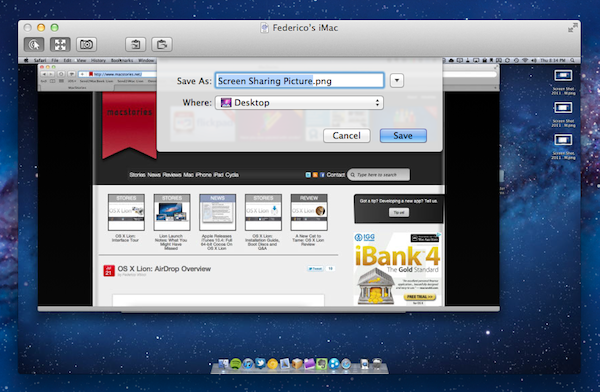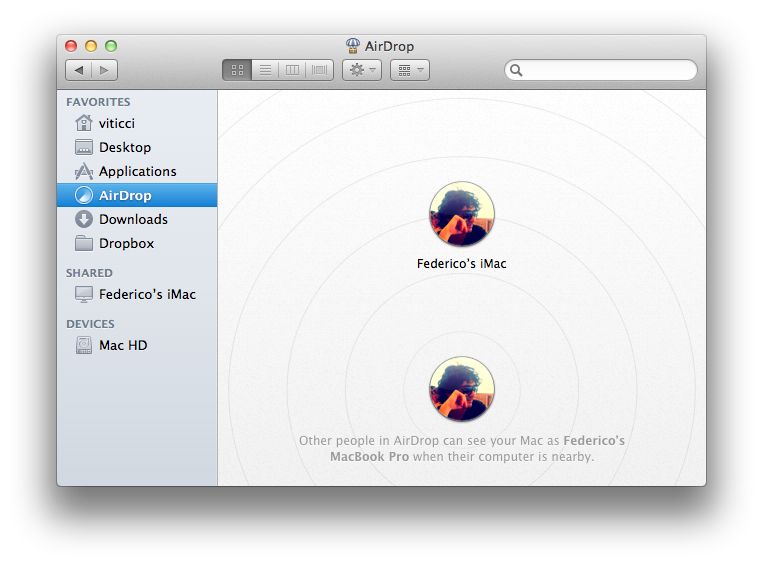Adobe Clarifies: Flash Hardware Video Acceleration Not Disabled in Lion
Following the release of OS X Lion yesterday, a number of users immediately noticed that some of Adobe’s desktop tools, including Flash Player, had a series of compatibility issues with Apple’s new OS. Adobe started acknowledging these issues with a Known Issues official page, and TUAW noted most of Adobe’s product line was affected by the upgrade. Among the mentioned issues, Adobe stated “higher CPU activity when playing a YouTube video” with Flash Player was “possibly related to disabled hardware acceleration” on Lion. Several blogs and tech publications implied Apple had done some changes to Lion’s final build to “kill” Flash Player for OS X.
With an update and a blog post, Adobe has now clarified that video hardware acceleration is not disabled in Lion.
The final release of Mac OS X Lion (10.7) provides the same support for Flash hardware video acceleration as Mac OS X Snow Leopard (10.6). The previous “Known Issue” described in a tech note suggesting that video hardware acceleration was disabled in Lion was incorrect and based on tests with a pre-release version of Mac OS X Lion that related to only one particular Mac GPU configuration. We continue to work closely with Apple to provide Flash Player users with a high quality experience on Mac computers.
From the Known Issues page:
Flash Player may cause higher CPU activity when playing a YouTube video. Possibly related to disabled hardware acceleration.
But then there’s an update below the first note:
UPDATE: The final release of Mac OS X Lion (10.7) provides the same support for Flash hardware video acceleration as Mac OS X Snow Leopard (10.6). The previous “Known Issue” suggesting that video hardware acceleration was disabled in Lion was incorrect and based on tests with a pre-release version of Mac OS X Lion that related to only one particular Mac GPU configuration. We continue to work closely with Apple to provide Flash Player users with a high quality experience on Mac computers.
Flash Player can be downloaded here, but the webpage still doesn’t include OS X 10.7 as supported OS.


